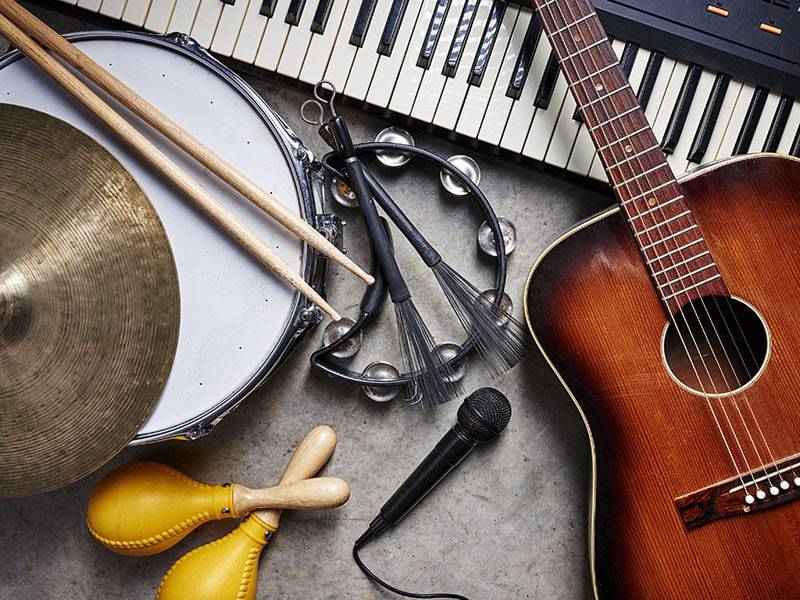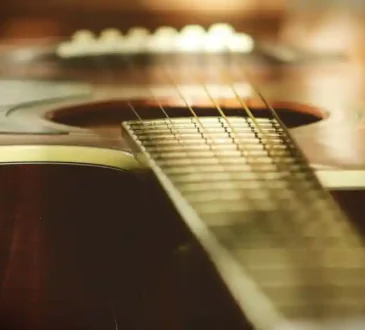
Whether you’re a complete beginner or an aspiring musician, violin lessons Singapore offer an immersive journey into one of the most expressive and rewarding instruments. The violin, with its rich history and versatility, can be heard in everything from classical symphonies to modern pop hits. But learning the violin is no easy feat—it requires discipline, proper guidance, and the right learning environment.
Why Learn the Violin?
The violin isn’t just an instrument; it’s a tool for artistic expression, cognitive development, and personal fulfilment. Here’s why picking up the violin can be life-changing:
✔ Enhances Brain Function
Learning an instrument improves memory, concentration, and problem-solving skills.
✔ Builds Discipline & Patience
Mastering techniques requires persistence and structured practice.
✔ Versatile Musical Applications
The violin can be played in various genres, from classical to jazz and even rock.
✔ Boosts Confidence & Performance Skills
Playing in front of an audience fosters stage presence and self-assurance.
✔ Connects You to a Rich Musical Tradition
The violin has been played for centuries, offering a direct link to musical heritage.
✔ Enhances Emotional Expression
Unlike many other instruments, the violin closely mimics the human voice in tone and expression.
“Playing the violin isn’t just about technique—it’s about telling a story through sound.”
Choosing the Right Violin Lessons in Singapore
Not all violin lessons are created equal. Finding the right instructor, method, and environment is crucial for effective learning.
1. Private Violin Lessons vs. Group Classes
-
Private Lessons – One-on-one instruction tailored to your pace and needs.
-
Group Classes – More affordable and great for social learning but may lack personalised attention.
2. Beginner, Intermediate, or Advanced Courses
-
Beginner – Covers basic posture, bowing techniques, and simple melodies.
-
Intermediate – Focuses on more complex pieces, finger positioning, and vibrato.
-
Advanced – Includes mastery of advanced techniques, solo performances, and music theory.
3. Classical vs. Contemporary Violin
-
Classical Training – Follows traditional techniques, often leading to ABRSM or Trinity certifications.
-
Contemporary Violin – Suitable for those interested in jazz, pop, or improvisational styles.
4. Learning from Certified Instructors
-
Look for teachers with ABRSM, Suzuki, or Trinity certification.
-
Ensure they have experience teaching students at your skill level.
Best Places to Learn Violin in Singapore
🎻 Music Academies & Conservatories
Offer structured learning with qualified instructors.
🎻 Independent Violin Teachers
Provide flexible lessons tailored to personal goals.
🎻 Community Centres& Schools
Affordable options for hobbyists and young learners.
🎻 Online Violin Lessons
Ideal for those who prefer remote learning and self-paced practice.
Pro Tip: Trial lessons can help you assess if an instructor’s teaching style suits you before committing.
What to Expect in Your First Violin Lesson
Holding the Violin & Bow
Learning the correct posture and grip.
Basic Bowing Techniques
Developing smooth, controlled movements.
Tuning the Violin
Understanding how to adjust the strings.
Playing Simple Notes
Introducing basic finger placements.
Rhythm & Ear Training
Developing a sense of timing and pitch.
Introduction to Sheet Music
Learning to read basic musical notation.
How Much Do Violin Lessons Cost in Singapore?
Violin lesson fees vary based on instructor experience, class format, and location. Here’s a rough guide:
💰Beginner Private Lessons – S$50 to S$80 per session
💰Intermediate & Advanced Lessons – S$80 to S$150 per session
💰Group Classes – S$30 to S$60 per session
💰Online Lessons – S$20 to S$50 per session
Some schools offer package discounts for long-term commitments.
What Equipment Do You Need for Violin Lessons?
🎻 A Violin & Bow
Beginners can start with a rental before purchasing their own.
🎻 Rosin
Essential for creating friction between the bow and strings.
🎻 Shoulder Rest
Provides comfort and support while playing.
🎻 Music Stand
Useful for reading sheet music while practising.
🎻 Tuner & Metronome
Helps with tuning and maintaining rhythm.
🎻 Notebook & Practice Log
Keeping track of progress enhances learning.
“Investing in a good violin early on can improve playability and motivation.”
Common Challenges & How to Overcome Them
🎶 Finger Placement Issues
Regular practice and exercises improve muscle memory.
🎶 Bow Control Problems
Practising long, slow bow strokes enhances control.
🎶 Sore Fingers
Calluses develop over time, making it easier to play.
🎶 Tuning Difficulties
Electronic tuners help beginners stay in tune.
🎶 Stage Fright
Playing in front of family and small audiences builds confidence.
🎶 Understanding Music Theory
Learning scales and notation aids in overall progress.
How Long Does It Take to Learn the Violin?
The time required depends on your practice routine:
3-6 Months – Basic playing skills, simple melodies.
1-2 Years – Intermediate level, ability to play full songs.
3-5 Years – Advanced proficiency, performance-ready.
Lifetime Learning – Mastery is an ongoing process that deepens over time.
Consistent practice and proper instruction are key to progress.
Final Thoughts: Start Your Violin Journey Today
Taking violin lessons Singapore opens up a world of musical expression and skill development. Whether for personal enjoyment or professional aspirations, mastering the violin is a journey worth taking.




